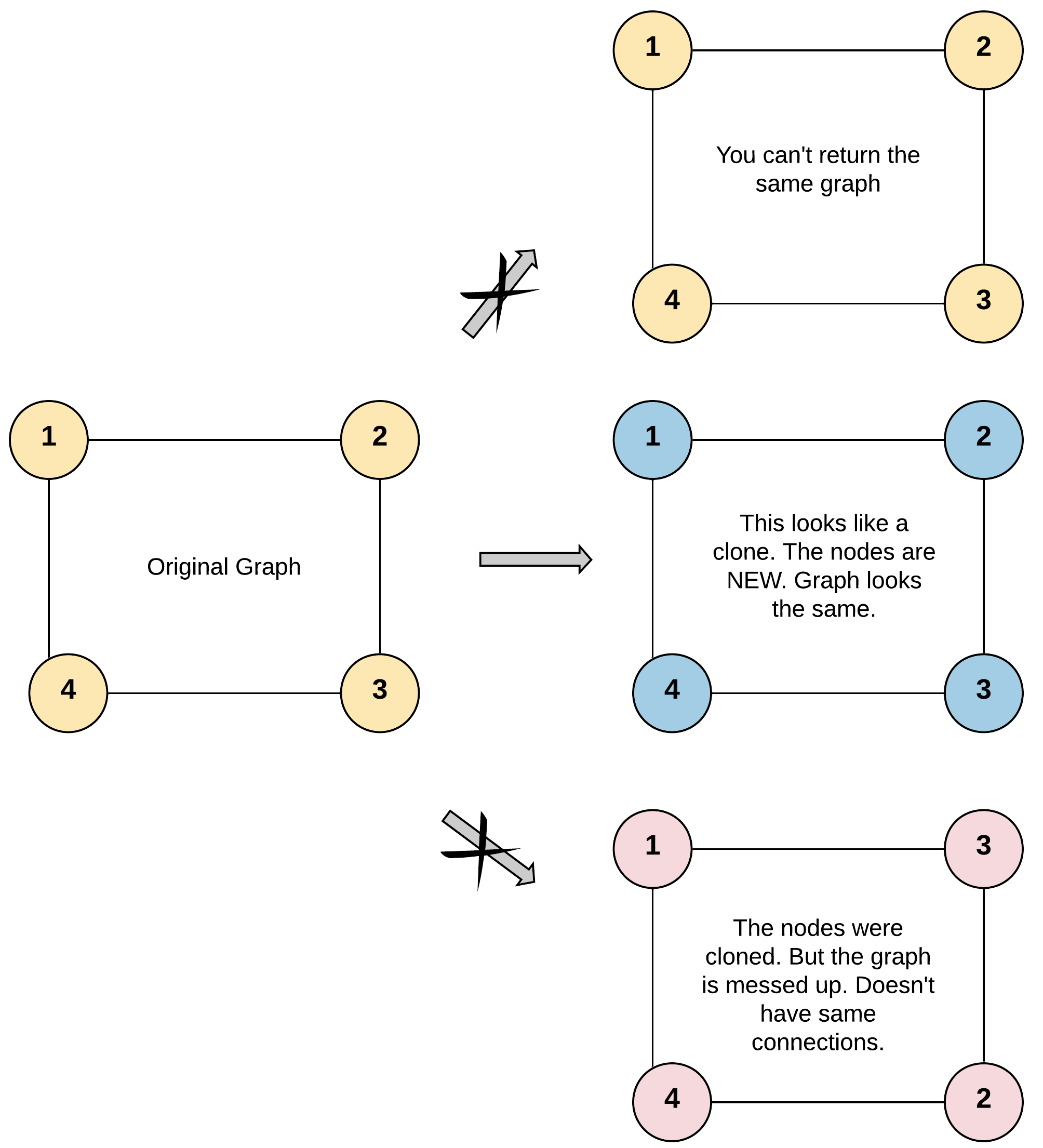146. LRU Cache
Design and implement a data structure for Least Recently Used (LRU) cache. It should support the following operations: get and put.
get(key) – Get the value (will always be positive) of the key if the key exists in the cache, otherwise return -1.
put(key, value) – Set or insert the value if the key is not already present. When the cache reached its capacity, it should invalidate the least recently used item before inserting a new item.
The cache is initialized with a positive capacity.
Follow up:
Could you do both operations in O(1) time complexity?
Example:
LRUCache cache = new LRUCache( 2 /* capacity */ );
cache.put(1, 1);
cache.put(2, 2);
cache.get(1); // returns 1
cache.put(3, 3); // evicts key 2
cache.get(2); // returns -1 (not found)
cache.put(4, 4); // evicts key 1
cache.get(1); // returns -1 (not found)
cache.get(3); // returns 3
cache.get(4); // returns 4
实现一个LUR cache。 我们知道数据的访问都有时间局部性和空间局部性,所以为了加快访问速度,把经常访问的数据放到高速缓存cache中,这样先查cache,不命中再查内存或者外存。 但是cache一般都很小,当新数据需要插入cache时,如果cache满,则需要替换掉cache中旧的元素。此时替换哪个元素就有很多策略了,可以把最久没访问的替换出去,也可以把访问频率最低的替换出去,还可以把最先进入的替换出去等等,各种策略就形成了不同的缓存替换算法。 LRU的意思是Least Recently Used (LRU),即把最近最久没访问的元素替换出去,是指时间上最久没访问的,而不是频率上访问最少的哦。 题目要求实现LRU的两个接口,分别是
- get(key),从LRU中获取key对应的value,如果LRU中不存在key,则返回-1
- put(key,value),把key和对应的value插入到LRU中,如果LRU满,则要替换掉最近最久没访问的元素
要求这两个操作都在O(1)时间内完成。 我们来分析一下应该用哪些数据结构使这两个操作都在O(1)时间内完成。首先get需要在O(1)时间内判断key是否在LRU中,所以可能需要用hash来存储<key,value>对。其次,需要缓存替换时,要在O(1)时间内把最久没访问的<key,value>删掉,同时插入新的<key,value>,删除和插入能在O(1)时间内完成的就是链表了。
综合上面的分析,我们可以用unordered_map+list来实现LRU,STL的list是一个双向链表。 参考这份代码。我们使用list<int> used来保存当前在LRU中的那些key,注意是key;用unordered_map<int, pair<int, list<int>::iterator>> cache来保存真实的缓存,cache的key就是LRU中现存的key,value是一个pair,保存了key对应的value,以及这个key在链表中的迭代器(指针)。
两个操作的实现如下:
put(key,value)。每当有新<key,value>进入时,如果key已经在cache中,则只需要更新key对应的value,同时,刚访问的元素下次很可能再次访问,所以需要把这个key提到链表的表头(为了不让这个key沉到表尾)。如果key不在cache中,但cache已满,则需要把链表尾部的key对应的数据在cache中删掉,同时也需要在链表中删掉这个尾节点;如果cache不满,则把新key插入到链表表头,同时把<key,value>插入到cache中,且key在链表中的位置是list.begin()。
get(key)。如果key不在cache中,直接返回-1。如果key在cache中,直接从cache中得到对应的value,同时根据迭代器,把key提到链表表头。 根据上述算法描述,我们需要抽象一个函数,moveToHead(list<int>::iterator &it),即把迭代器it指向的那个key移到表头,包括两个操作,把it从it位置删掉,把it的值插到表头。
完整代码如下:
class LRUCache {
private:
unordered_map<int, pair<int, list<int>::iterator> > cache;
list<int> used;
int _capacity; // 把it节点**剪切**到表头
void moveToHead(list<int>::iterator& it)
{
int key = *it;
used.erase(it);
used.push_front(key);
cache[key].second = used.begin();
}
public:
LRUCache(int capacity)
: _capacity(capacity)
{
}
int get(int key)
{
if (cache.find(key) == cache.end())
return -1;
int value = cache[key].first;
moveToHead(cache[key].second);
return value;
}
void put(int key, int value)
{
if (cache.find(key) != cache.end()) {
cache[key].first = value;
moveToHead(cache[key].second);
}
else {
if (used.size() == _capacity) {
cache.erase(used.back());
used.pop_back();
}
used.push_front(key);
cache[key] = { value, used.begin() };
}
}
};
本代码提交AC,用时96MS。
我们还可以自己实现list,就是一个双向链表。这个双向链表包括头结点head和尾节点tail。为了插入删除的方便,我们设置了一个用不到的head和tail,所以真正的数据其实是在head和tail之间的,如下,节点1~3才是真正的数据节点:
头 --> 节 --> 节 --> 节 --> 尾
节 点 点 点 节
点 <-- 1 <-- 2 <-- 3 <-- 点
这里我们抽象出了3个函数,removeFromList和moveToHead完成上一种实现中的moveToHead功能,即先把节点从原链表中删除(相当于摘下来),然后把这个节点安放到表头(上图节点1)。removeTail就是在需要替换时,删除表尾节点(上图节点3)。
完整代码如下:
class LRUCache {
private:
struct Node {
int key, value;
Node *pre, *next;
Node(int k, int v)
: key(k)
, value(v)
, pre(NULL)
, next(NULL){};
};
unordered_map<int, Node*> cache;
Node *head, *tail;
int _capacity; // 从原链表中删除节点node(摘下)
void removeFromList(Node* node)
{
node->pre->next = node->next;
node->next->pre = node->pre;
}
// 把节点node放到“表头”(安放)
void moveToHead(Node* node)
{
node->next = head->next;
head->next->pre = node;
node->pre = head;
head->next = node;
}
// 删除“尾节点”
void removeTail()
{
Node* target = tail->pre;
target->pre->next = target->next;
target->next->pre = target->pre;
delete target;
}
public:
LRUCache(int capacity)
: _capacity(capacity)
{
head = new Node(0, 0); // 辅助头结点
tail = new Node(0, 0); // 辅助尾节点
head->next = tail;
tail->pre = head;
}
int get(int key)
{
if (cache.find(key) == cache.end())
return -1;
int value = cache[key]->value;
removeFromList(cache[key]);
moveToHead(cache[key]);
return value;
}
void put(int key, int value)
{
if (cache.find(key) != cache.end()) {
cache[key]->value = value;
removeFromList(cache[key]);
moveToHead(cache[key]);
}
else {
if (cache.size() == _capacity) {
cache.erase(tail->pre->key);
removeTail();
}
Node* node = new Node(key, value);
cache[key] = node;
moveToHead(node);
}
}
};
本代码提交AC,用时98MS。


